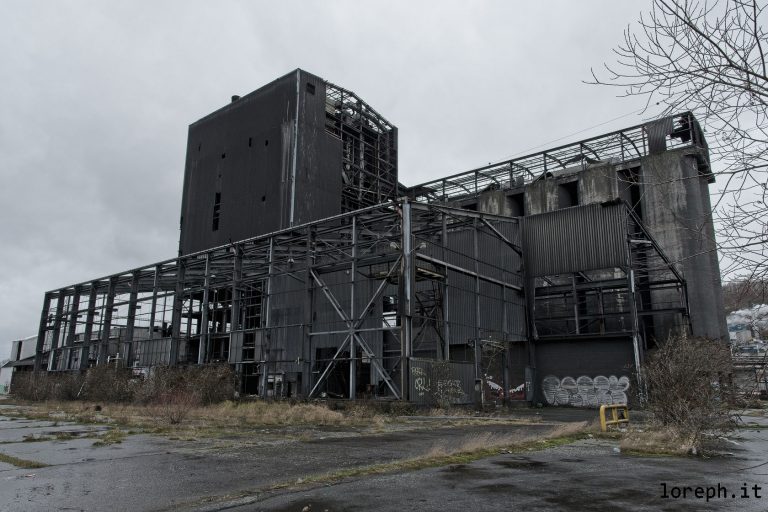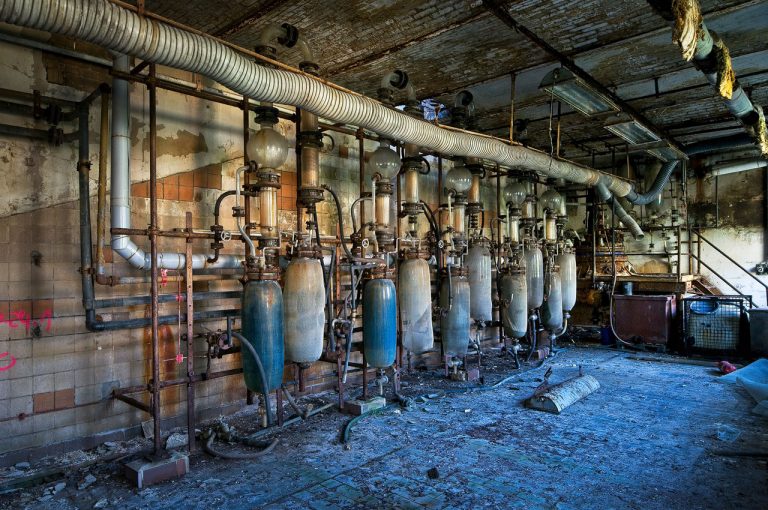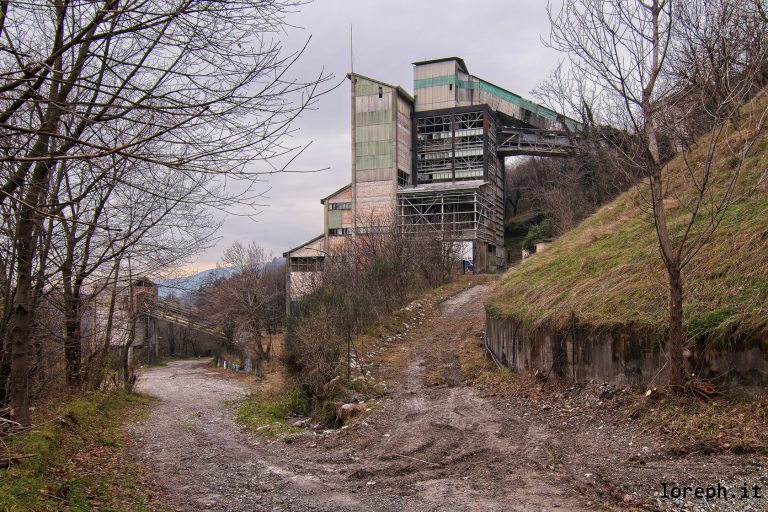MINIERA ROSSA [IT]
Exploration #111. In the past this area was home to many mines, almost all of them for the extraction of iron. This mine, on the other hand, exploited important silver veins, already from the XV century. The activity flourishes for many years but towards the end of 1800 due to the scarcity of the material and to the lack of investments in machinery and extraction techniques there was a progressive decrease in production until its closure in 1904.
The rebirth began in 1935, when a new company interested in fluorite extraction took possession of the mine. The structures and machinery underwent a major modernization and already in 1939 about three thousand tons of fluorite were produced per year, the largest production in Italy. The demand for material was very high, many orders came directly from the Government of the United States of America and the mine ensured work and economic security for all the inhabitants of the surrounding area.
Unfortunately, the period of glory was not so long and already in the 1970s, as demand decreased, several changes of ownership began, and some workers were laid off. The excavation activity continued for some time, between interruptions and resumption, until the definitive closure in 1999. Since then the mine has been abandoned. Inside the mine there are still all the machinery for processing raw ore, while the external structure of plate and cement is now part of the landscape of the valley.






























